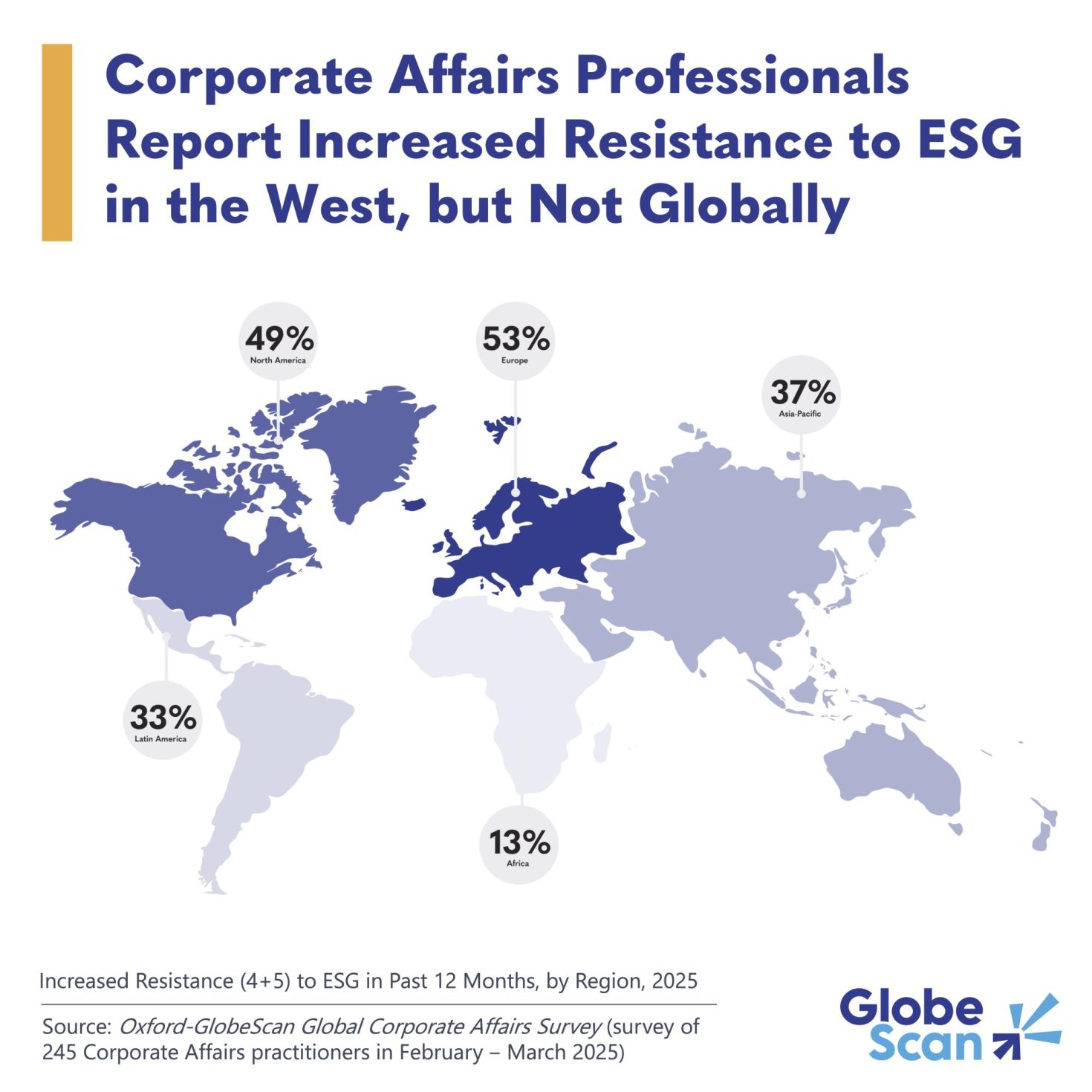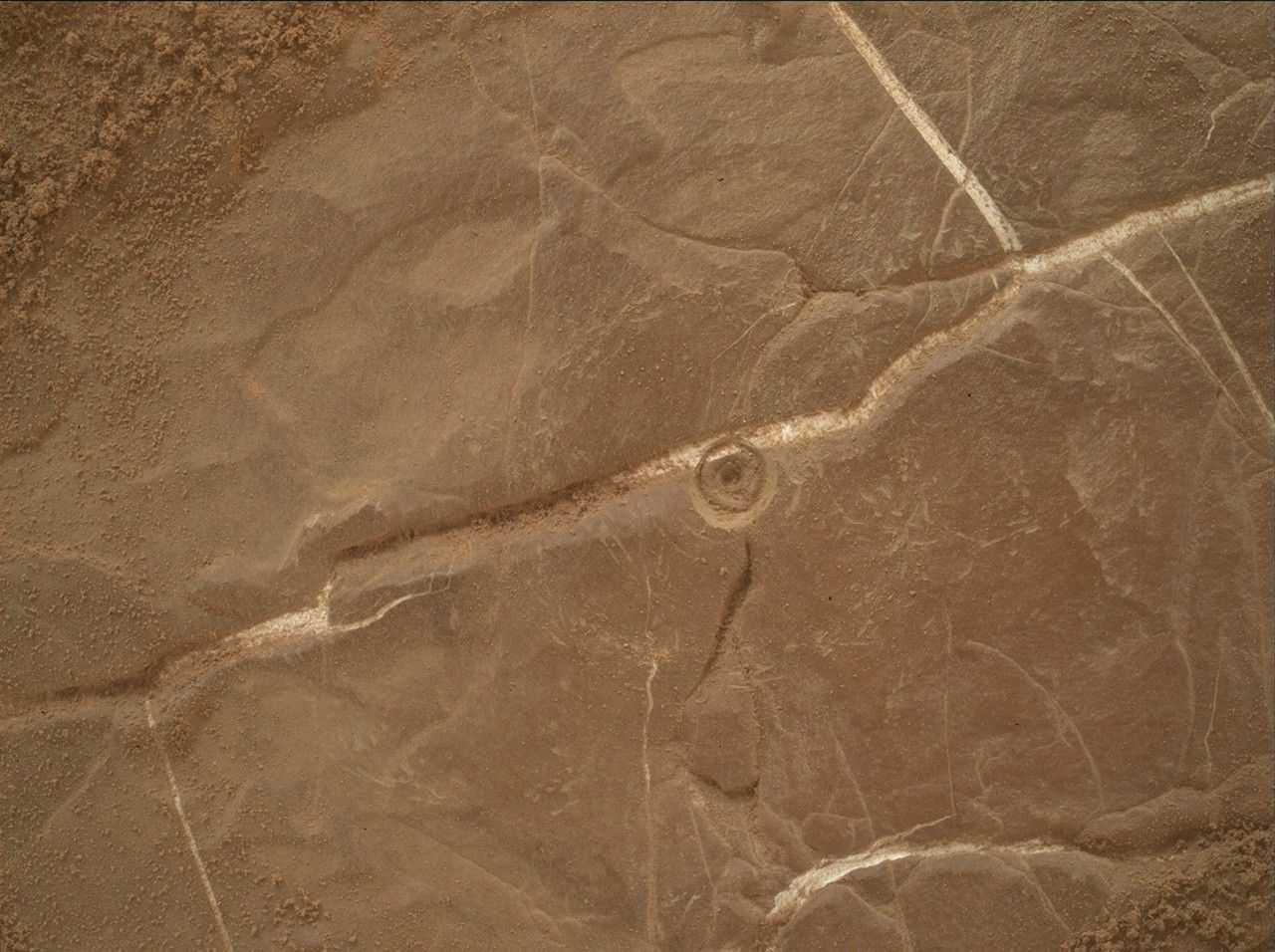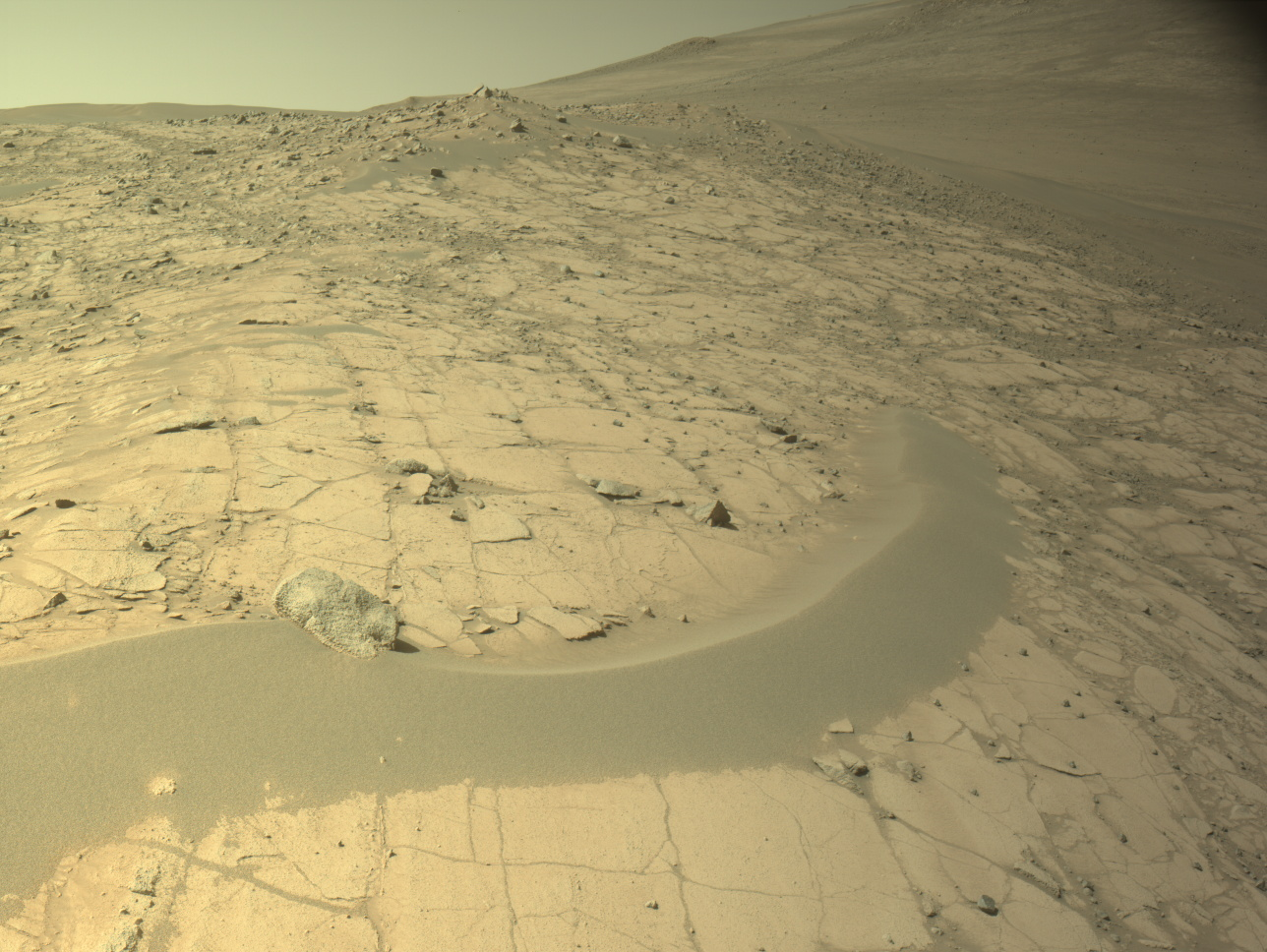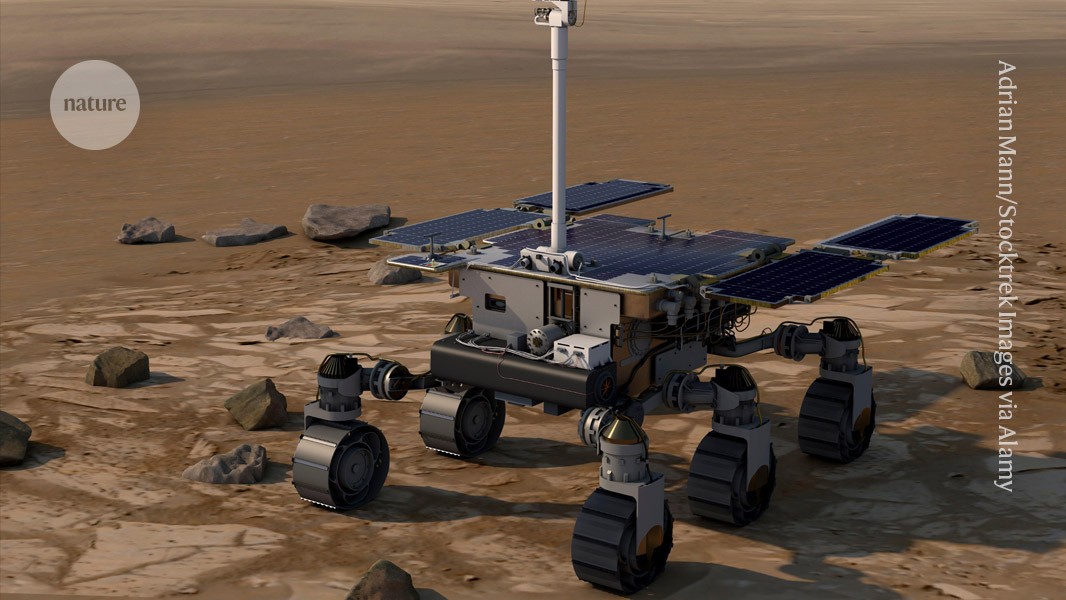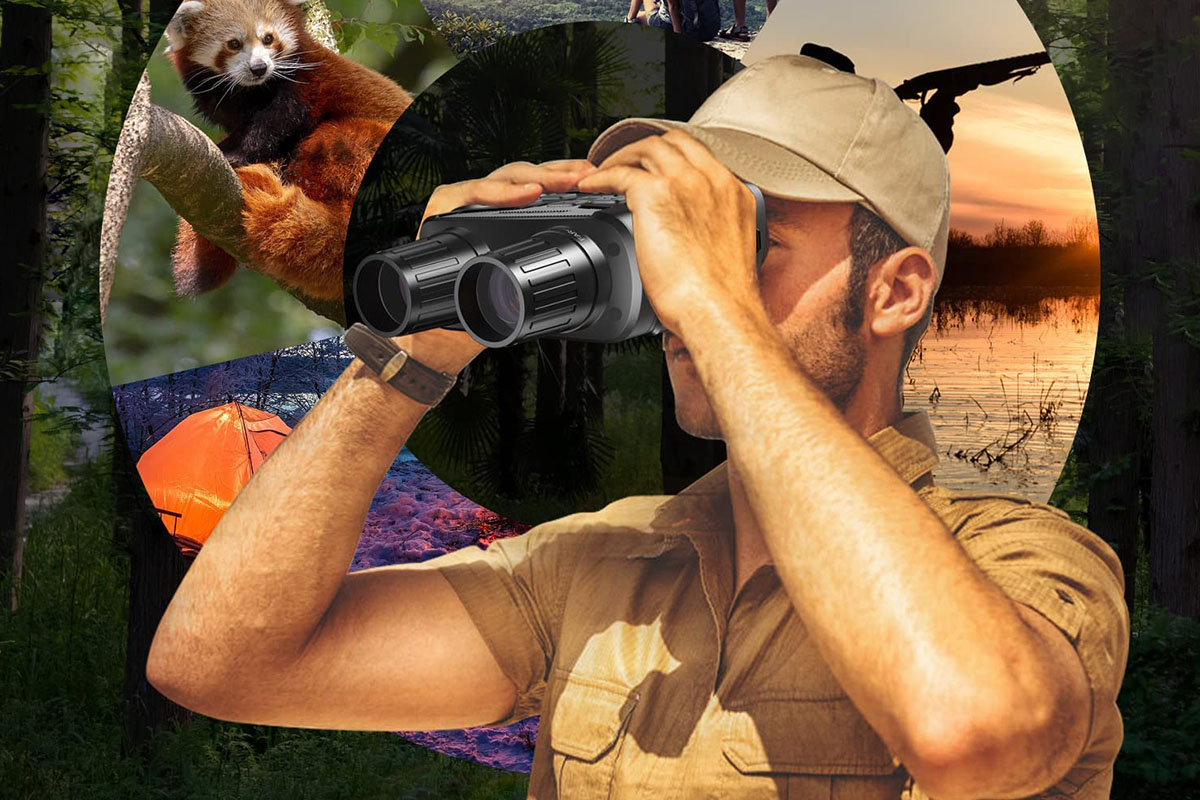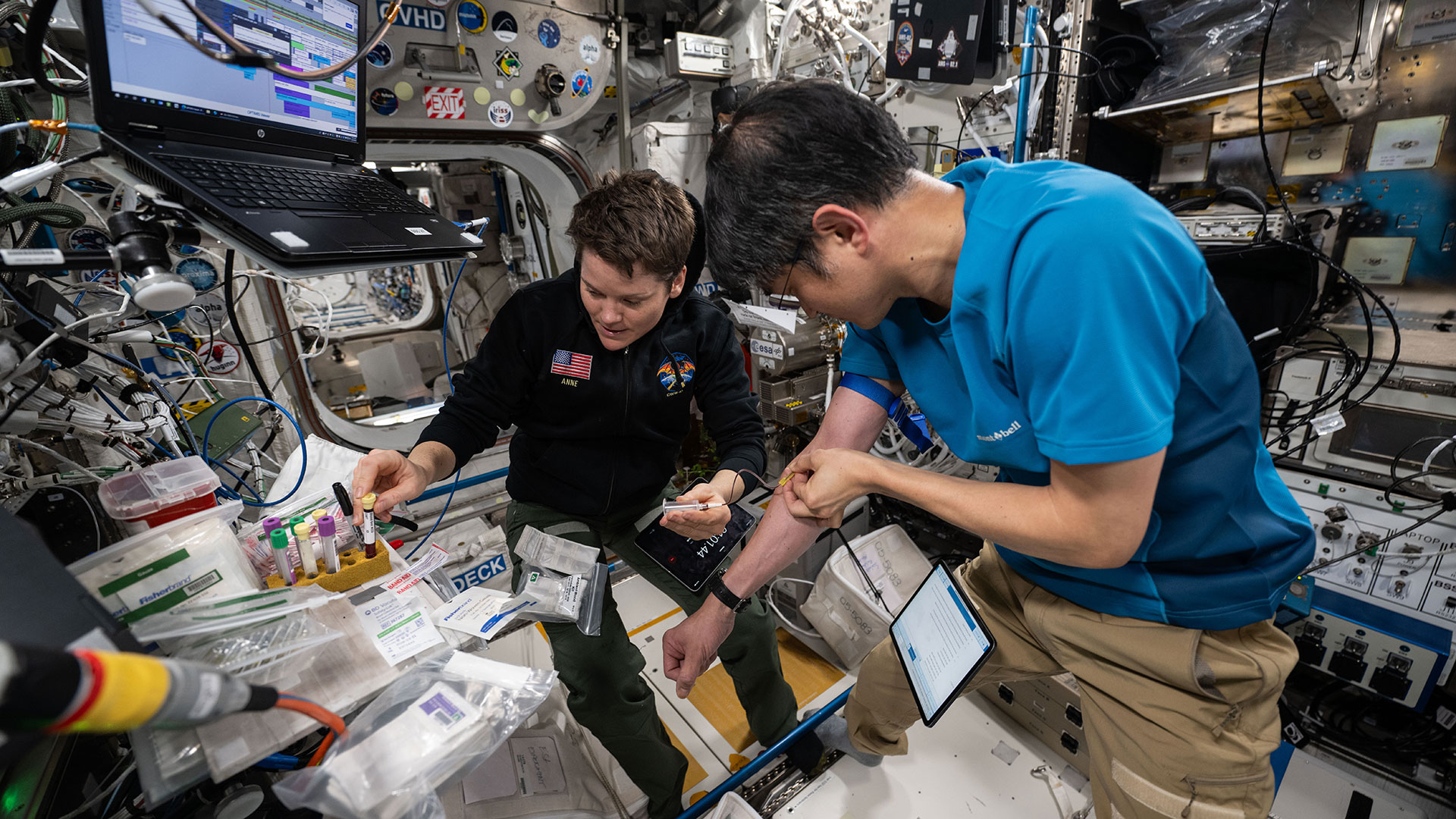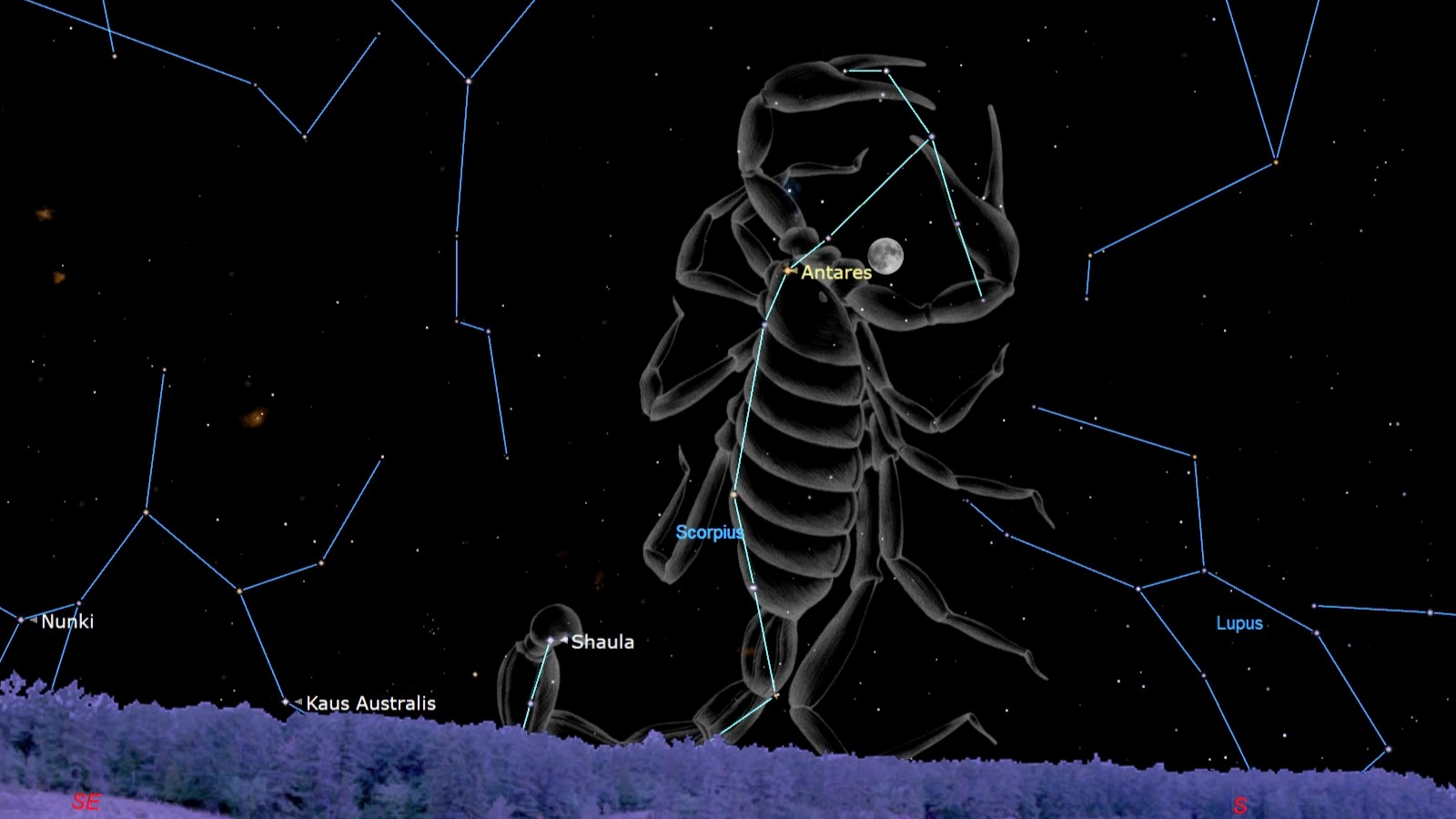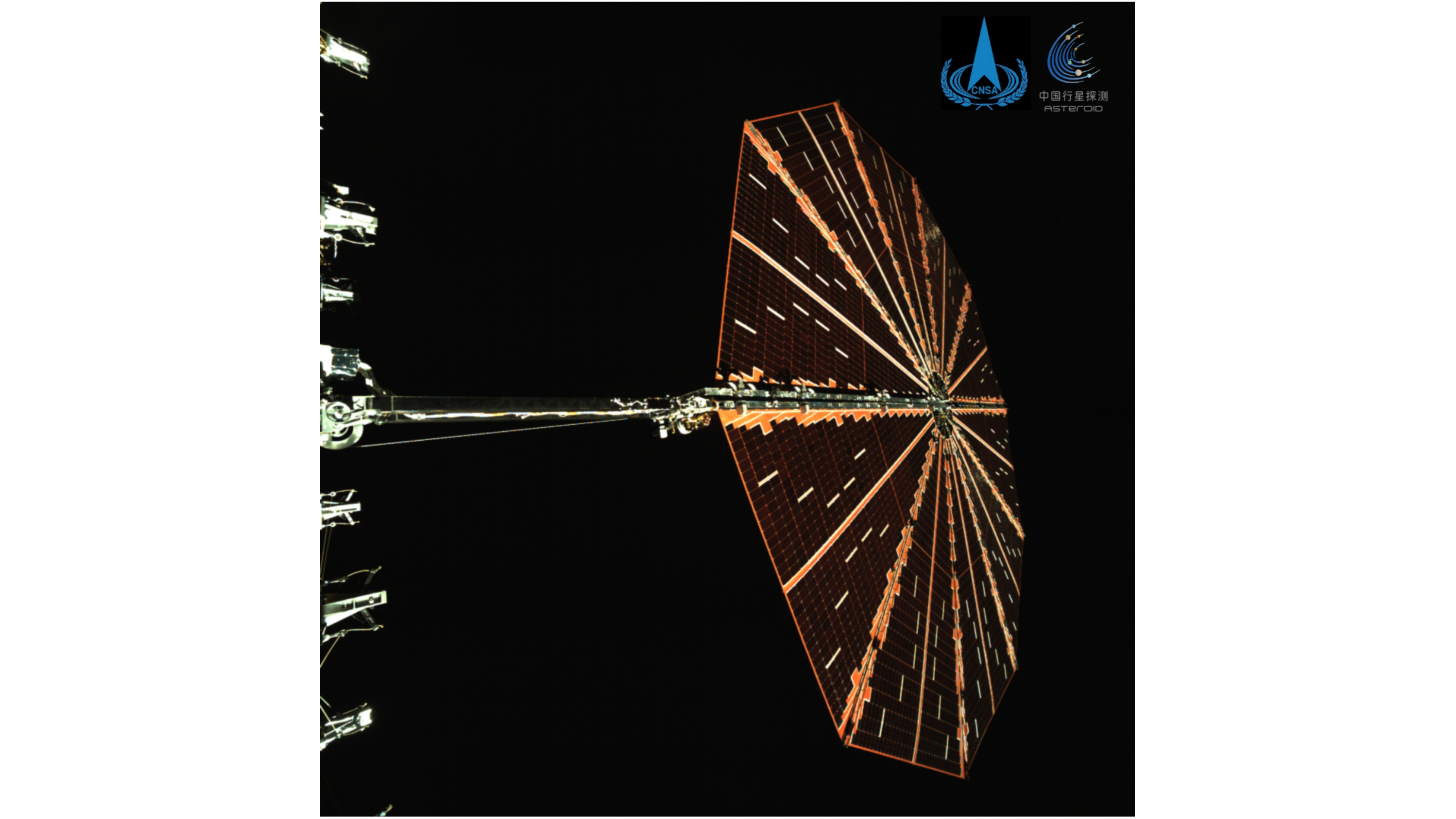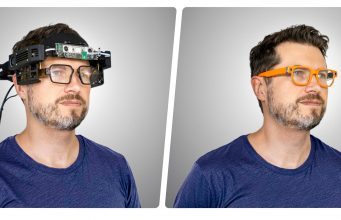4 Sorely Missing Features We Want In The Next Version Of Apple's visionOS
Apple is expected to reveal the next major version of visionOS at WWDC25 tomorrow. Here are 4 sorely missing features we'd love to see come to visionOS.


Apple is widely expected to reveal the next major version of visionOS at WWDC25 on tomorrow.
Since launching Vision Pro and visionOS in February of last year, Apple has regularly updated the operating system to add new features and improvements. The first feature update arrived in visionOS 1.1 in April, the Spatial Personas that deliver groundbreaking telepresence. Then, in September, Apple released visionOS 2, the first major update with dozens of changes and improvements. visionOS 2.2 in December then brought Wide and Ultrawide modes for Mac Virtual Display, while visionOS 2.4 in March brought Apple Intelligence, a Spatial Gallery app, an iPhone app for remote installs, and a new iPhone/iPad-driven guest flow.
While Apple's traditional versioning scheme would suggest that the next major version will be called visionOS 3, Bloomberg's Mark Gurman has reported that Apple plans to change to a year indicator instead, claiming that it will thus be called visionOS 26.
Regardless of what Apple ends up calling it, we have high expectations for what comes next for visionOS, as Apple continues to set the foundations of the platform that will power both today's Vision Pro and cheaper and lighter Vision headsets of the future.
What's Official
Before we get into what we hope the next visionOS brings, let's be clear about what Apple has officially said.
Around a month before WWDC in recent year, Apple has revealed accessibility features coming to its operating systems. Last year for example, Apple announced Live Captions for Vision Pro, a feature that then was revealed to be part of visionOS 2.
This year, the company revealed that Apple Vision Pro is getting the ability to magnify passthrough, as well as to describe, find, or read anything in your view using on-device AI. We expect these features, or at least some of them, to be part of the next major version of visionOS.
The company also announced that visionOS will get support for brain-computer interface (BCI) input devices later this year.
Now that we've covered what Apple has officially revealed, here's what we want to see. Note that this is purely what we want to see in visionOS, and Apple has not confirmed any of this.
1: Tracked Controllers
Apple Vision Pro's gaze-and-pinch input system is a breakthrough in XR interaction and ideal for many use cases. Its hand tracking is also suitable for casual gaming.
But many VR and mixed reality games and interactive experiences on other platforms are designed around physical tracked controllers, and depend on the buttons, thumbsticks, and triggers they offer. Further, with hand tracking alone you simply don't get the feeling of truly grabbing, holding, and using virtual objects, whereas the tactility of index and grip triggers can at least partially mimic this, with haptic feedback enhancing the feeling further.
There are strong indications that visionOS will in fact be getting tracked controller support.
Back in December, Bloomberg's Mark Gurman reported that Apple and Sony are working to bring support for PlayStation VR2's controllers to Vision Pro. In February he said this project was still on, and yesterday he re-iterated his reporting and described it as "so-called magic wand support".
Earlier this week, 9to5Mac claimed that Apple will brand tracked controllers "spatial controllers", and will allow App Store apps to require them, warning the buyer upon purchasing the app.
2: Windows In Immersive Apps
Nine months ago, Meta rolled out Seamless Multitasking to the Horizon OS of its Quest headsets. It means Quest owners can keep 2D windows like the web browser and other panel apps open while using an immersive app, such as a VR game.
This means you can, for example, watch Netflix or YouTube while playing a VR game, or get work done in Remote Desktop while in a VRChat world.
Ironically, despite the many multitasking advantages of visionOS when it comes to using volumetric visionOS apps that run in the Shared Space, Apple's platform does not let you do this inside immersive apps - with one exception. Registered developers can keep Mac Virtual Display open, but not other windows, and regular users can't at all.
While there are tradeoffs to allowing windows inside immersive apps on a system level, such as depth conflicts and reduced performance, we at UploadVR think it offers such immense value that it should be a part of every VR system going forward.
3: The Ability To Run macOS
When first announced, Apple pitched Vision Pro as a "spatial computer". But as we explained in our review, visionOS is based on iPadOS, and thus the same debate spawned by the iPad Pro around what a "computer" really is extends to Vision Pro too.
Like with iPad Pro, you won’t find XCode, Visual Studio, or Unity on Vision Pro, so you can’t use it to make apps. Nor will you find Adobe Premiere, After Effects, Photoshop, or Illustrator. What really distinguishes a “computer” from other devices in practice is the ability to professionally create, not just consume. And from a computing perspective, Vision Pro is just like having an iPad Pro with a bunch of external monitors. 
Thankfully, the Mac Virtual Display feature of visionOS is excellent, letting you replace your Mac's physical screen with an enormous virtual display. The feature got even better with the Wide and Ultrawide modes added in visionOS 2.2, giving you as much horizontal screen real estate as you could possibly need.
With Mac Virtual Display you can do serious computing, but it still requires owning and carrying around a physical Mac. Yet the dream of XR for productivity is the idea of completely replacing your computer, not just extending it. Apple Vision Pro has the same M2 chipset that powers Macs, so why can't we simply run macOS or its apps in visionOS?
Essentially, we're asking for a Virtual Mac Virtual Display. A virtual machine of macOS running in a visionOS window. The same user experience as today's Mac Virtual Display, but without the Mac.
4: Immersive Apple Maps
Google Earth VR, which the company launched on PC almost a decade ago, is one of the greatest virtual reality experiences of all time. Exploring our beautiful planet from a god's eye view in VR is simply incredible.
Google is bringing this experience to its upcoming Android XR platform as part of Google Maps, and we were extremely impressed by it in our time with Samsung's headset. There are also several Quest and visionOS apps that mimic Google Earth VR on Quest and Vision Pro standalone, such as Fly, and a great visionOS volumetric floating map app called Spatial Earth. But these third-party options aren't free, and don't integrate at the system level, for example when you tap an address.
While Apple Maps was extremely poorly received when it launched in 2012, over the past decade the company has invested significantly in the platform, including adding 3D dimensional representation of much of the world via satellite imagery, LiDAR data, and machine learning, just like Google Earth does.
While you can access the iPad version of Apple Maps on Vision Pro today, there's currently no dedicated visionOS app. To us, this strongly hints that Apple plans an equivalent of Google Earth VR, and we can't wait to see it.
WWDC25 Tomorrow
Apple's WWDC25 main keynote will be streamed live at 10am PT on Monday.
UploadVR will be on-site at Apple Park to bring you any major announcements from Apple around visionOS, Vision Pro, or new XR hardware.














